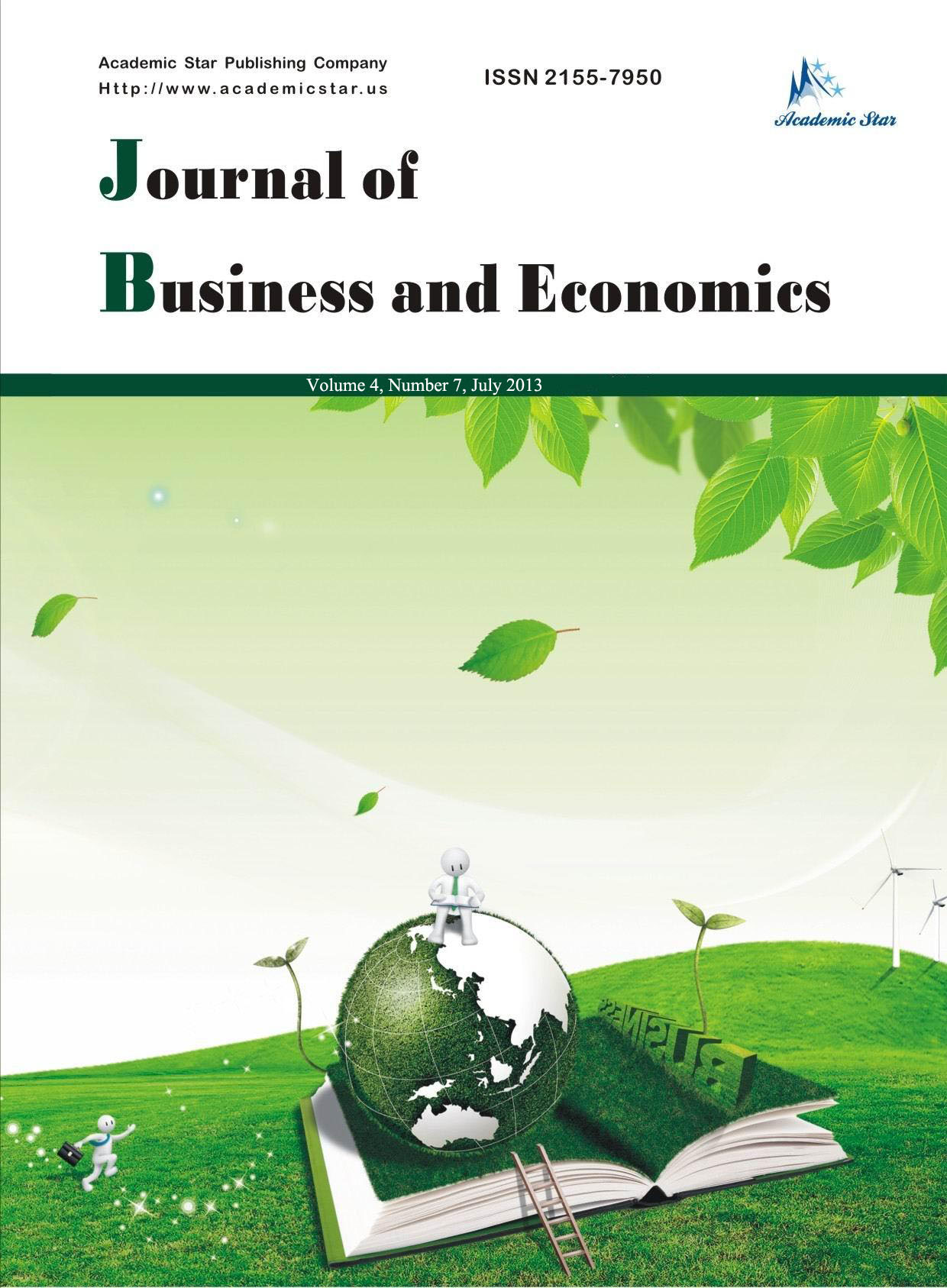Economics

- ISSN: 2155-7950
- Journal of Business and Economics
Child Labour: Analysis and Implementation of a Model Multinomial Logit,
Considering the Different Choices between Work and Study
Janete Leige Lopes, Luciana Aparecida Bastos, Rosangela Maria Pontili
(University of the Statate of Paraná-UNESPAR, Brazil)
Abstract: Since ancient times there is a record of children acting in the labor market, but this time child labor was seen as a craft and vocational learning. Currently, such work is condemned because of their negative effects on people current and future life. For many researchers, poverty is identified as being the main reason for the occurrence of child labor. Therefore, this study aims to investigate what is the probability of the choice for a child: work or study. To achieve the proposed objective was used as methodology statistical and econometric analysis from the database of the National Household Sample Survey of 2012. We selected a population aged between 10 and 17 years and the main conclusions are that: the older the child, the greater the probability of this work and study in relation to her/him only to study. It was also observed that males children, living in the northern region of Brazil, are more likely to work and study in relation to only study. In addition, black and mulatto children are more likely to work and study when compared with children of white color. Finally, it is understood that the reality of child labor mainly involves discussing the urgency of economic policies that redistribute income more fairly, providing the necessary structural reforms and implementing specific programs to meet families living in extreme poverty.
Key words: child labor; children and teens; Brazil
JEL codes: C01, C10






